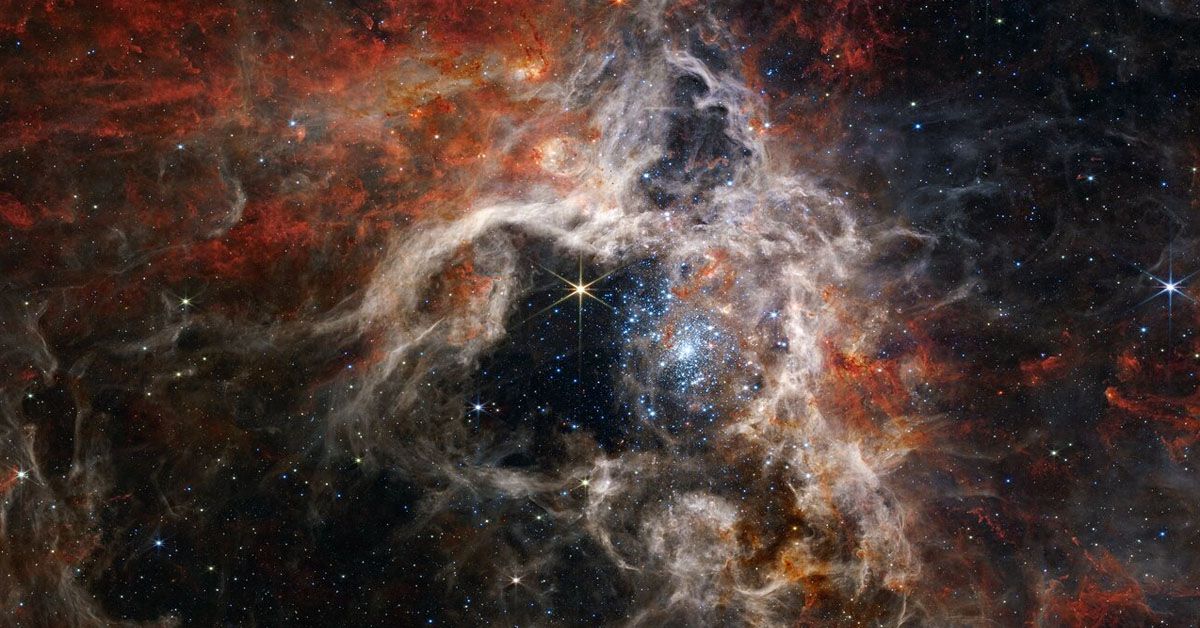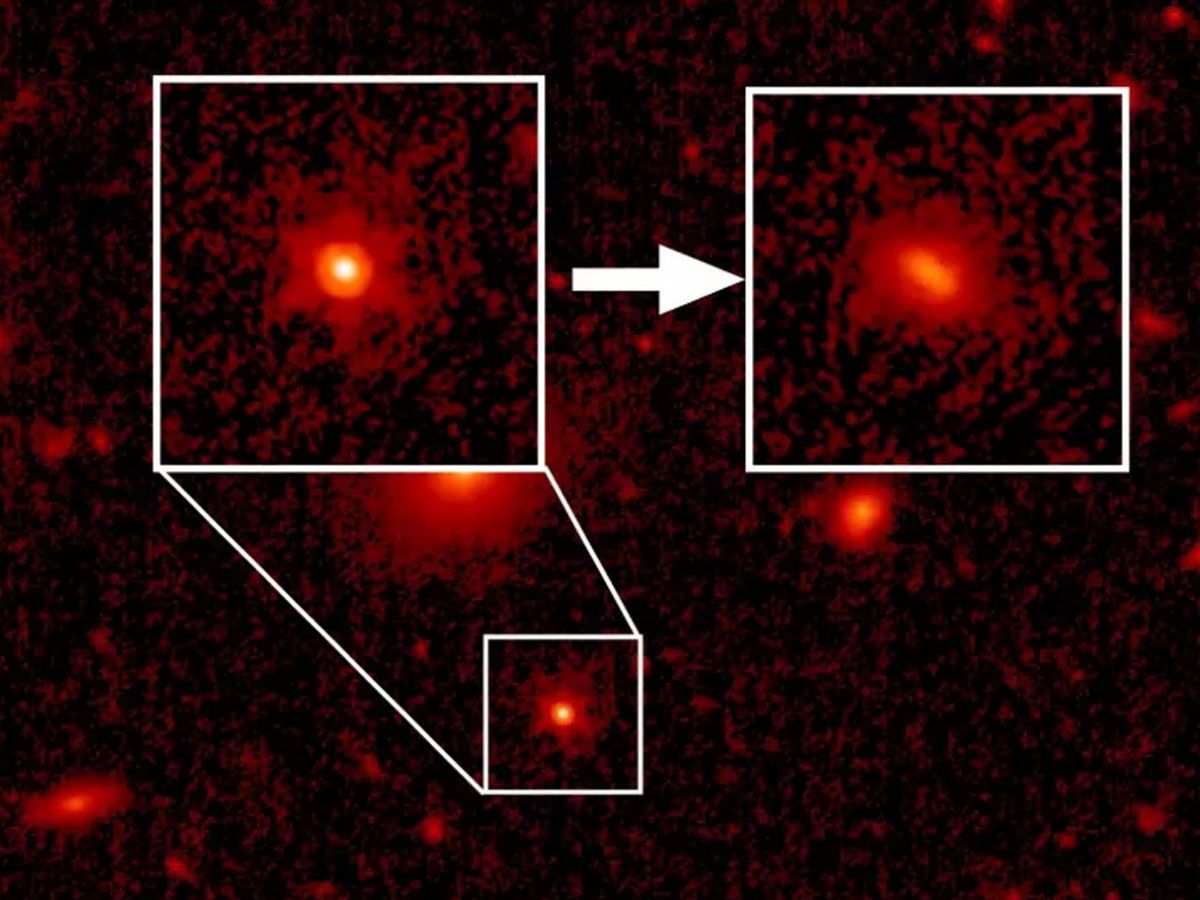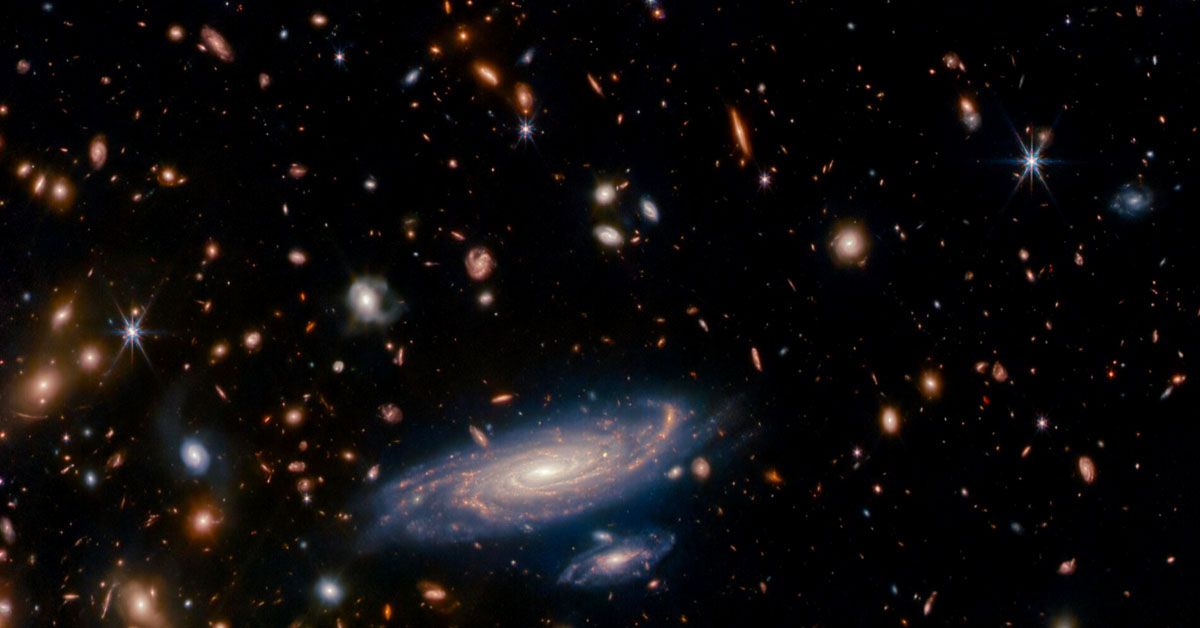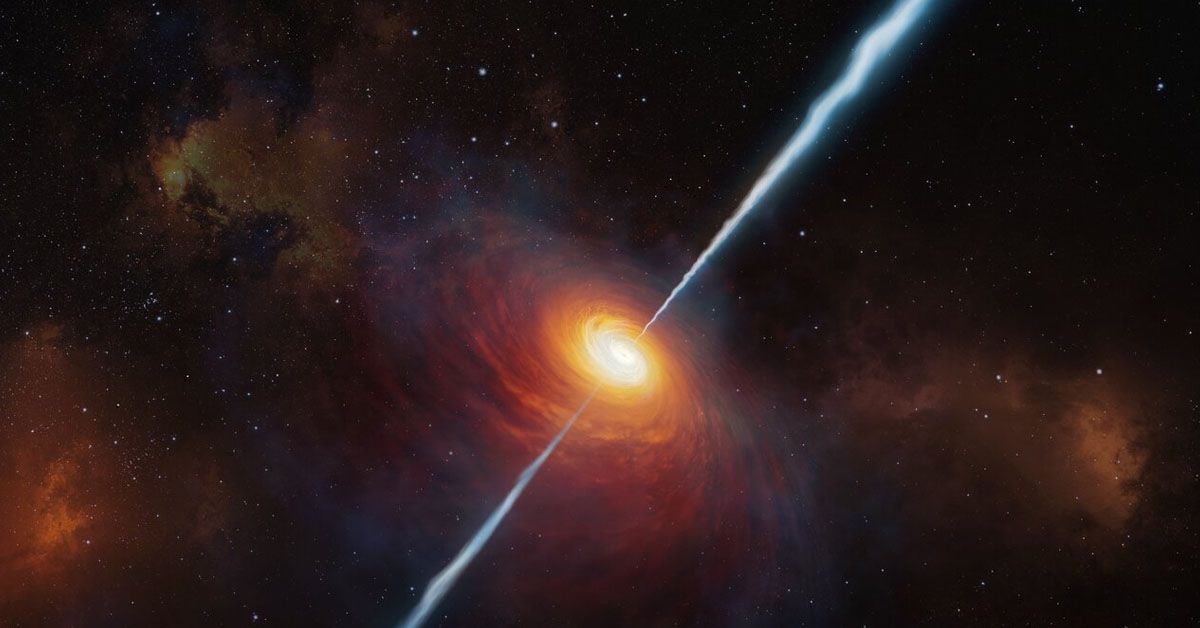For the first time ever, JWST successfully observed starlight from early galaxies with quasars. Quasars, supermassive black holes actively devouring surrounding matter, typically outshine everything around them. They are like gigantic cosmic lighthouses that make it difficult to see what lies in their vicinity.
Before this breakthrough, the stars surrounding these quasars were hidden, their light drowned by the brilliant glow of the feeding black holes.
However, the JWST's sensitive instruments were able to separate this starlight from the bright light of the quasars, revealing the early stars in their galactic homes.
Active Galaxies and Quasars
Active galaxies and quasars are intriguing astronomical phenomena that merit our attention. Galaxies, including our Milky Way, are vast assemblages comprising stars, gas, dust, and dark matter.
When we describe a galaxy as "active," it signifies that it exhibits higher levels of energy emission compared to its counterparts. This excessive energy emanates primarily from a supermassive black hole at the galaxy's core.
Quasars, abbreviated forms of "quasi-stellar radio sources," are the active galactic community's most radiant and energetic members. The luminosity they possess often surpasses that of all the stars within their host galaxies.
This extraordinary brilliance stems from the release of energy as matter spirals into the supermassive black holes powering these quasars.
JWST’s Observation and Analysis
Recently, the JWST has dedicated its attention to meticulously observing two active galaxies named J2236+0032 and J2255+0251. Researchers observe light from two galaxies that have traveled for a staggering 12.9 and 12.8 billion years.
This means that the light we see now shows us how the galaxies appeared when the universe was approximately 870 and 880 million years old after the Big Bang.

Researchers used Webb's primary instrument, the Near Infrared Camera (NIRCam), to observe the quasars for 2 hours at two distinct wavelengths.
By analyzing the merged spectrum of quasar and starlight from two galaxies, the team successfully isolated the quasar light, enabling them to detect the light emitted by ancient stars within these galaxies.
These galaxies have been determined to possess staggering masses, with the former weighing approximately 130 billion times that of our sun and the latter approximately 30 billion times. Such colossal proportions are truly awe-inspiring!

Within these galaxies reside supermassive black holes that actively feed on surrounding matter. The estimated masses of these black holes amount to 1.4 billion solar masses and 200 million solar masses, respectively.
By intently observing these galaxies and their black holes, astronomers are unraveling fresh insights into the early stages of our universe.
Relationship Between Galaxies and Black Holes
One of the captivating aspects lies in the interdependence of a galaxy's mass and the mass of its central black hole. This intriguing relationship can be attributed to diverse cosmic processes, such as the merging and colliding of galaxies.
Over billions of years, these cosmic events facilitate the accumulation of mass by black holes, thereby influencing the growth of their host galaxies.

The recent observations made by the JWST have successfully validated this correlation between black holes and galaxy masses, even during the universe's early stages.
This profound discovery holds immense significance, as it suggests that the interplay between galaxies and their black holes has remained constant, even amidst the tumultuous times of the universe's inception.
Unanswered Questions
Despite the remarkable progress made in this field, numerous important inquiries remain unresolved. Among these, a particularly captivating mystery pertains to the source of the relationship between supermassive black holes and the galaxies they inhabit.
We are aware of its existence, but what are the reasons and mechanisms that gave rise to this relationship?

Additionally, the process responsible for the rapid growth of these black holes remains a subject of ongoing investigation.
The current data, although valuable, is insufficient to fully determine the origins of the Black hole-Galaxy relationship and black hole growth. Still, it's a starting point.
The findings will guide future investigations and hopefully bring us closer to understanding the fascinating evolution of our universe.
Sources: nature.com













